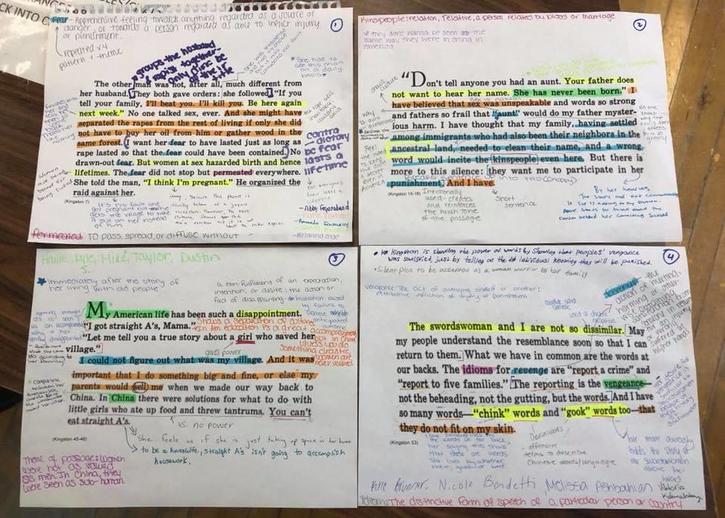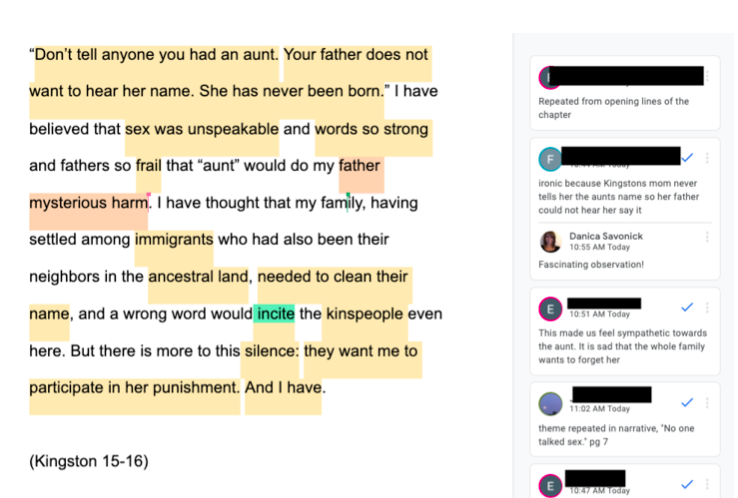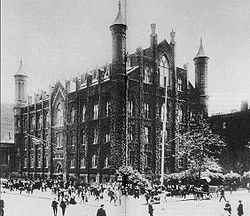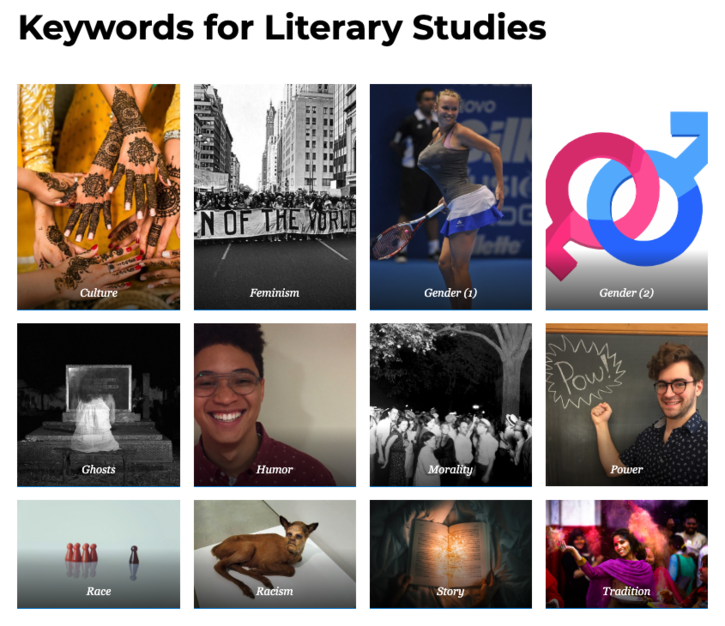Collaborative Close Reading
Close reading – observing the stylistic details of a text in order to analyze an author’s use of language – is a skill taught in almost all college literature classes. Often, I describe this to students as collecting the data that we will eventually use as the evidence to support an interpretation of the text. This is slow and messy work that involves reading a poem or passage many, many times. It involves continually checking in with ourselves to ask what feelings these phrases are producing. It involves frequent pauses to look up the etymology of a word, ponder a punctuation mark, or get lost in the depths of a metaphor. And precisely because literary language is so complex and unwieldy, I have found that the more eyes and ears that tune into a passage, the more far-ranging, nuanced, and unpredictable are the observations we collectively generate.
In this blog, I describe one of my favorite in-class activities for teaching literature: collaborative close reading. Collaborative close reading involves breaking the class into small groups and passing short excerpts from a text around the room. Each group annotates the passage, making their marks and weaving a colorful web of observations atop the author’s words. While social annotation platforms like hypothes.is are all the rage, this activity kicks it old school, requiring no more technological savoir faire than managing a photocopy machine (which, admittedly, can be quite temperamental).
Read the full post on HASTAC.






